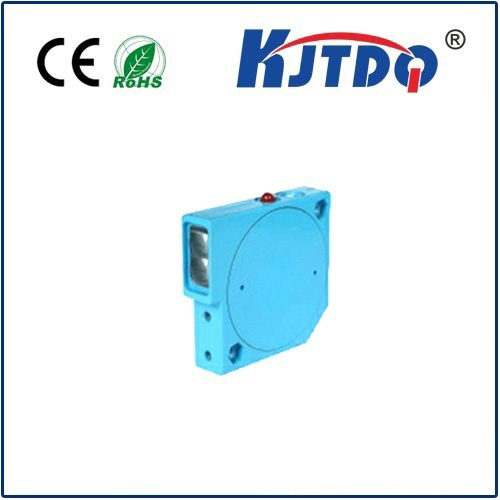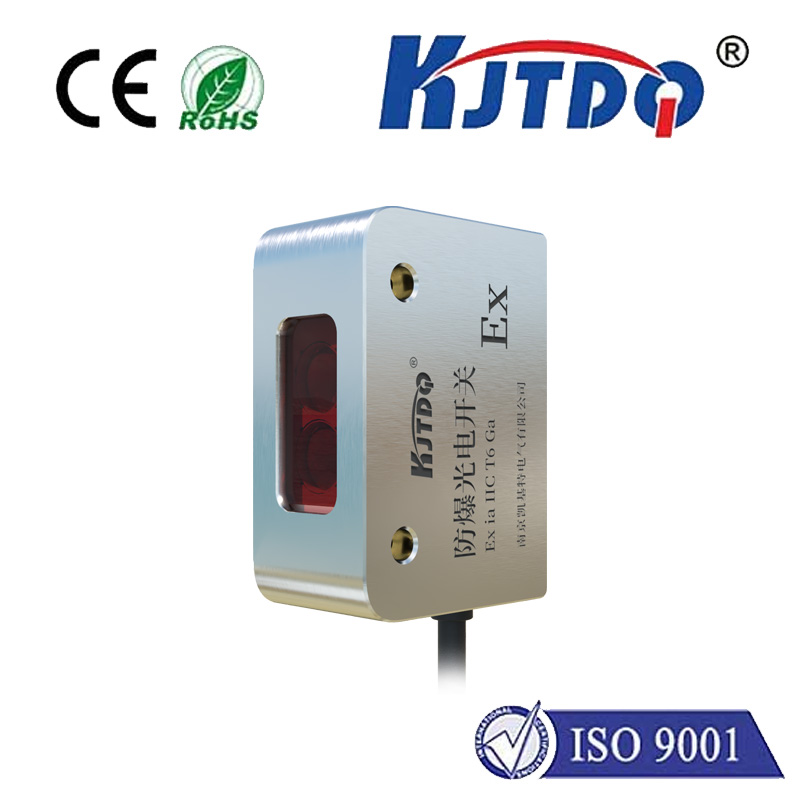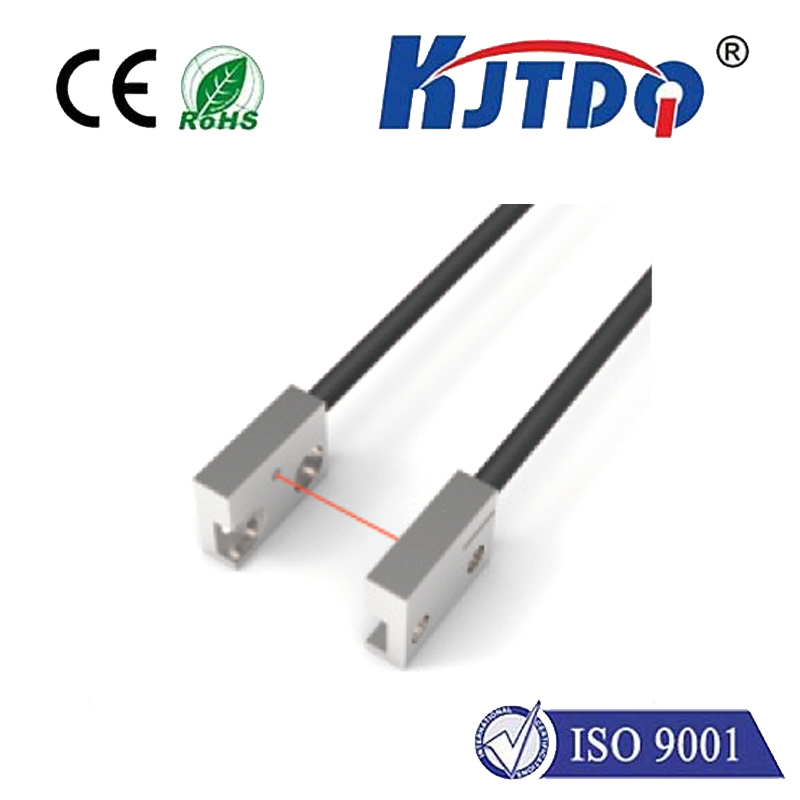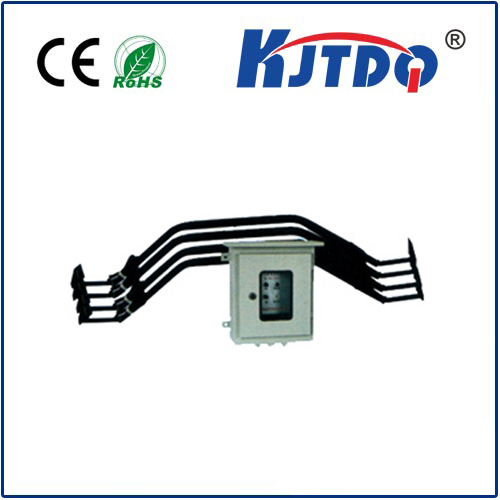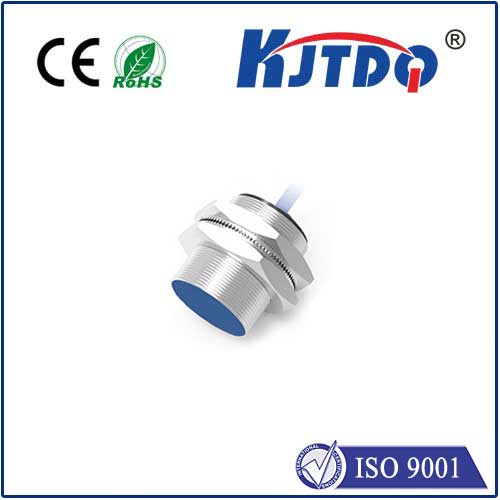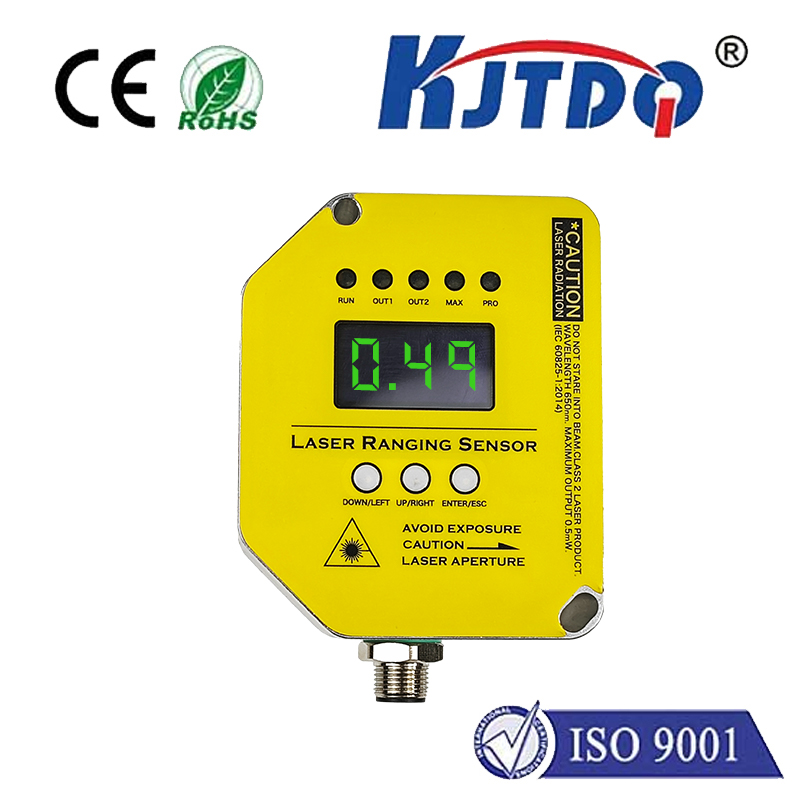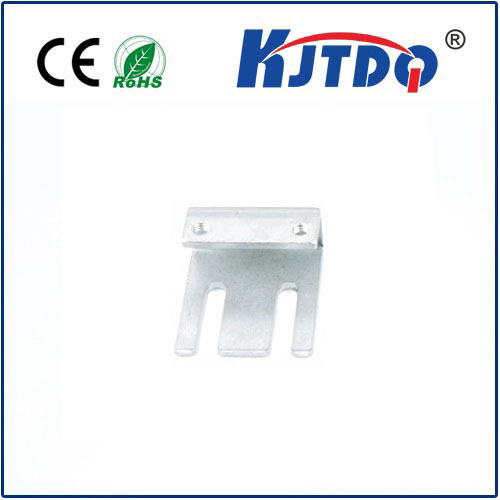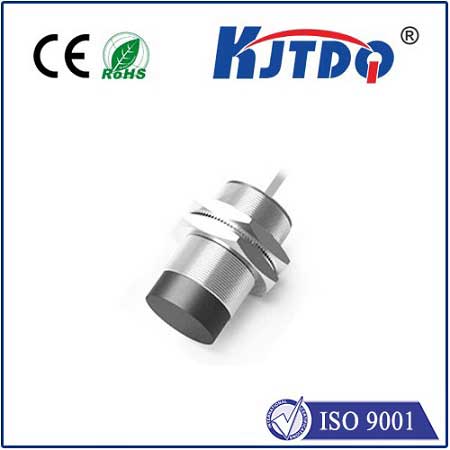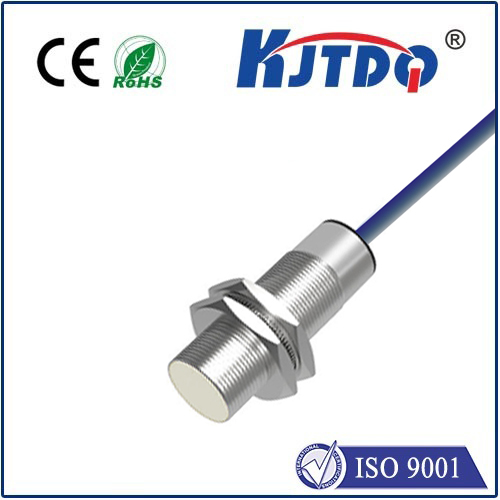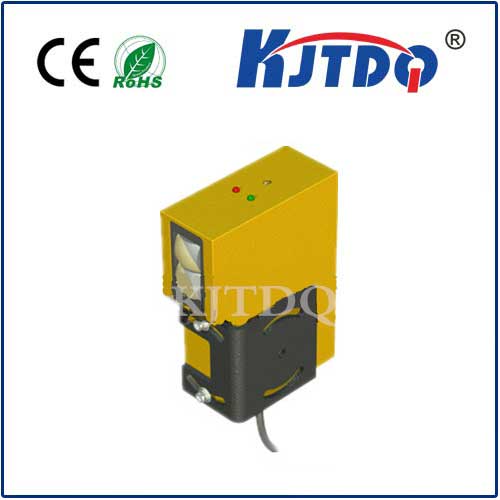
check

check

check

check
Title: The Versatile Laser LVDT: An Innovative Solution for Precision Measurement
Introduction:
In the world of precision measurement and control technology, the Laser Linear Variable Differential Transformer (LVDT) stands out as a revolutionary innovation. Combining the accuracy of laser technology with the reliability of LVDT sensors, the Laser LVDT offers unparalleled performance in a variety of applications. In this article, we will delve into the features and benefits of the Laser LVDT, exploring its capabilities and how it is transforming industries.
Laser Technology and LVDT Principle:
The Laser LVDT integrates advanced laser technology with the traditional principles of an LVDT. While a conventional LVDT operates using electromagnetic induction to measure linear position, a Laser LVDT employs a highly focused laser beam to detect minute changes in distance. By utilizing laser light instead of a magnetic field, the Laser LVDT achieves enhanced resolution, repeatability, and stability in measuring displacement.

Benefits of Laser LVDT:
One of the most significant advantages of the Laser LVDT is its ability to provide non-contact measurement. This eliminates wear and tear associated with physical contact between the sensor and the target, resulting in longer service life and reduced maintenance requirements. Additionally, the absence of mechanical parts makes the Laser LVDT less susceptible to environmental factors such as humidity, contamination, or vibration, ensuring consistent performance even under harsh conditions.
Applications of Laser LVDT:
The Laser LVDT's high precision and durability make it ideal for numerous industrial applications. It is commonly used in manufacturing processes where tight tolerances are critical, such as in semiconductor fabrication or aerospace component assembly. Furthermore, it finds use in robotics for precise positioning and in materials testing for accurate elongation measurements. The healthcare sector also benefits from Laser LVDTs in surgical equipment and prosthetics fitting.
Installation and Calibration:
Despite its complex internal workings, installing a Laser LVDT is straightforward. Many models come with user-friendly interfaces that allow for simple zeroing and span adjustments. Calibration can be performed quickly using standard reference targets provided by the manufacturer or custom calibration tools designed specifically for the application at hand.
Future Developments:
As technology continues to advance, so too does the potential for Laser LVDTs. Future developments may see improvements in size reduction, increased temperature ranges, and wireless capabilities. These enhancements would further expand their utility across diverse fields, from automotive manufacturing to space exploration.
Conclusion:
The integration of laser technology with the robustness of an LVDT has given rise to the innovative Laser LVDT. Its combination of high precision, non-contact measurement, and resilience to environmental influences makes it an essential tool for those seeking exacting control over linear positioning. As industries continue to push boundaries in precision and reliability, the Laser LVDT is poised to play a pivotal role in driving advancements forward.
